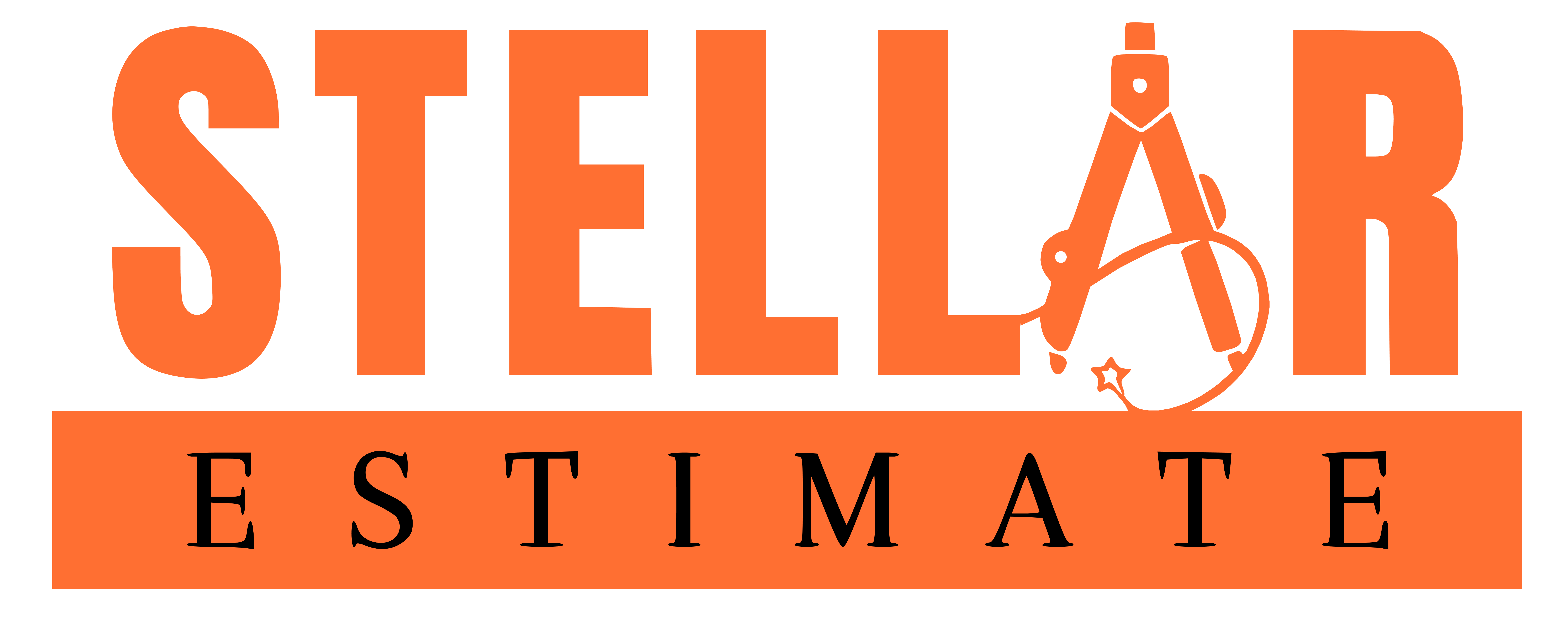The Impact of California Building Codes on Construction Estimation
California’s building codes are among the most comprehensive and stringent in the United States, reflecting the state’s diverse geography and frequent exposure to natural hazards such as earthquakes, wildfires, and coastal erosion. These regulations aim to ensure safety, energy efficiency, and environmental protection but also significantly influence construction costs and project planning. For construction estimators, understanding the nuances of these codes is essential to provide accurate and compliant project estimates. This article delves into the critical ways California’s building codes affect construction estimation and offers strategies to navigate these complexities effectively.

1. Overview of California Building Codes
California’s building codes encompass a wide range of regulations, including:
- California Building Standards Code (Title 24): This comprehensive set of codes includes regulations for residential and non-residential buildings, energy efficiency, plumbing, electrical systems, and more.
- California Green Building Standards Code (CalGreen): Part of Title 24, CalGreen focuses on sustainable construction practices, including water efficiency, reduced environmental impact, and indoor air quality.
- Seismic Safety Requirements: Given California’s earthquake-prone nature, there are stringent seismic design criteria to ensure building resilience.
- Wildfire Protection Standards: For buildings in wildfire-prone areas, there are specific requirements for materials and construction methods to enhance fire resistance.
- Local Amendments: Many municipalities have their own additional codes or modifications to state codes, tailored to local conditions and priorities.
Understanding these codes and their local amendments is crucial for accurate construction estimation.
2. Key Areas of Impact on Construction Estimation
A. Structural Design and Materials
Impact on Costs and Planning:
- Seismic Design: Meeting California’s seismic requirements often necessitates advanced structural engineering and the use of specialized materials like reinforced concrete, steel framing, and base isolators, which can increase costs.
- Fire-Resistant Materials: In wildfire zones, using fire-resistant materials and construction methods (e.g., non-combustible roofing, exterior walls) is mandatory, adding to material costs and potentially extending procurement times.
- Energy Efficiency Standards: Title 24 mandates high energy efficiency, influencing material choices (e.g., high-performance windows, insulation) and building systems (e.g., HVAC, lighting). These requirements often lead to higher initial costs but can offer long-term energy savings.
Strategies for Estimators:
- Collaborate with structural engineers early in the planning phase to understand seismic and structural requirements and their cost implications.
- Source fire-resistant and energy-efficient materials and assess their availability and cost impacts on project estimates.
- Incorporate long-term savings from energy efficiency into cost-benefit analyses for sustainable materials and systems.
B. Environmental and Sustainability Requirements
Impact on Costs and Planning:
- CalGreen Compliance: Adhering to CalGreen standards involves costs for water-efficient fixtures, improved indoor air quality measures, and construction waste reduction. These requirements can influence both material and labor costs.
- Stormwater Management: Projects must include systems for managing stormwater runoff, such as permeable paving and retention basins, which add to site development costs.
- Renewable Energy Integration: The state’s push for renewable energy means many new buildings must incorporate solar panels or other renewable energy sources, impacting design and installation costs.
Strategies for Estimators:
- Plan for additional costs associated with sustainable construction practices and compliance with CalGreen standards.
- Engage with environmental consultants to accurately estimate costs for stormwater management and other site-specific environmental requirements.
- Include costs for renewable energy systems and consider potential savings from energy incentives and rebates.
C. Permitting and Regulatory Compliance
Impact on Costs and Planning:
- Extended Permitting Timelines: Obtaining the necessary permits can be a lengthy and complex process, particularly in jurisdictions with rigorous review standards or those requiring environmental impact assessments.
- Documentation and Inspection Costs: Compliance with California’s building codes often involves extensive documentation and frequent inspections, which can add administrative costs and extend project timelines.
- Local Amendments and Variations: Navigating local amendments to state codes requires additional research and potentially bespoke solutions, influencing both cost and planning.
Strategies for Estimators:
- Factor in extended permitting timelines and additional administrative costs into project estimates.
- Allocate resources for thorough documentation and regular inspections to ensure compliance and avoid delays.
- Stay informed about local code amendments and engage with local authorities early to streamline the compliance process.
D. Adaptation to Climate Change
Impact on Costs and Planning:
- Resilience Planning: California’s focus on climate change adaptation requires buildings to be designed for increased resilience to flooding, heatwaves, and other climate impacts. This can involve higher initial investment in resilient infrastructure.
- Coastal Construction: Coastal projects must address rising sea levels and coastal erosion, leading to additional engineering and construction measures, such as elevated structures and reinforced foundations.
- Water Use Restrictions: Drought-prone areas may have specific requirements for water conservation and reuse, influencing landscaping choices and water system designs.
Strategies for Estimators:
- Include the costs of resilient infrastructure and adaptive design measures in estimates.
- Assess additional costs for coastal protection measures and incorporate them into project budgets.
- Plan for water use restrictions by incorporating efficient water management systems and drought-resistant landscaping.
3. Strategies for Navigating California’s Building Codes in Estimation
1. Early Engagement with Regulatory Bodies:
- Establish relationships with local building departments and regulatory agencies early in the project to understand specific requirements and streamline the approval process.
- Attend pre-application meetings to clarify code interpretations and compliance expectations.
2. Invest in Training and Expertise:
- Ensure that your team is well-versed in California’s building codes and stays updated on changes and new regulations.
- Consider hiring or consulting with code compliance experts to provide specialized knowledge and insights.
3. Utilize Advanced Estimation Tools and Software:
- Leverage construction estimation software that includes databases of up-to-date code requirements and material costs.
- Use Building Information Modeling (BIM) to simulate compliance with building codes and identify potential issues early in the planning phase.
4. Collaborate with Design and Engineering Teams:
- Work closely with architects and engineers to integrate code compliance into the design phase, ensuring that all requirements are addressed from the outset.
- Conduct regular reviews and updates to the project plans to reflect any changes in code requirements or project scope.
5. Plan for Contingencies:
- Include contingencies in your estimates to cover potential cost increases or delays due to code compliance issues.
- Monitor project progress and update estimates regularly to account for any unforeseen challenges or regulatory changes.
6. Communicate Clearly with Stakeholders:
- Keep clients and stakeholders informed about how building code requirements impact project costs and timelines.
- Provide detailed breakdowns of costs associated with code compliance to ensure transparency and manage expectations.
Conclusion
California’s building codes play a pivotal role in shaping the construction landscape, driving up-front costs, and influencing project timelines. For construction estimators, navigating these regulations is essential to delivering accurate and competitive estimates. By understanding the impact of these codes and adopting strategies to manage their complexities, estimators can ensure compliance, mitigate risks, and contribute to the successful execution of projects in California’s diverse and dynamic environment. Embracing this comprehensive approach will position construction professionals to meet the state’s rigorous standards while optimizing project outcomes.
